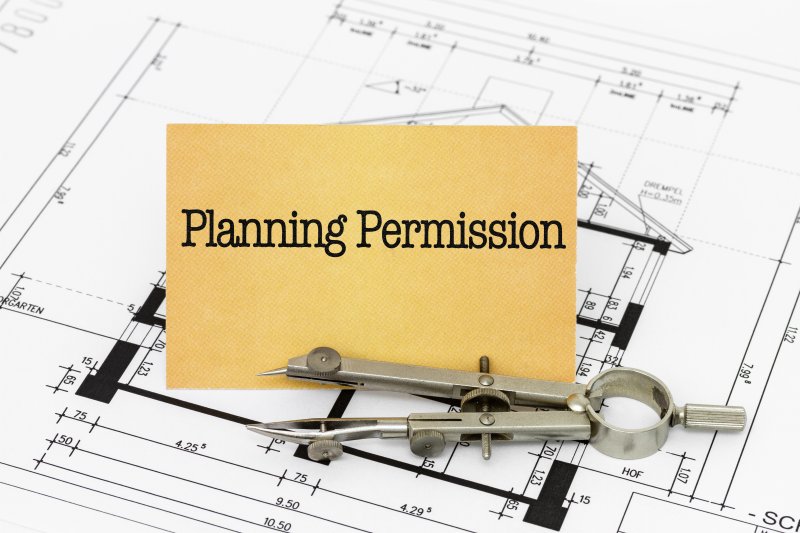MORE people in Barnsley entered insolvency last year, new figures show.
Figures from the Insolvency Service show 699 people in Barnsley entered insolvency in 2024, up from 596 the year before.
A person becomes insolvent when they are unable to pay their debts and are left with a choice of declaring bankruptcy or taking on other measures to pay them back.
The insolvencies last year in Barnsley were made up of 28 bankruptcies, 233 debt relief orders and 438 individual voluntary arrangements. Overall, the area had a rate of 35 insolvencies per 10,000 adults.
The figures revealed significant regional disparity, with the rate of personal insolvencies highest in the north-east at 33 per 10,000 adults. Meanwhile, it was lowest in London at 15 per 10,000.
Grace Brownfield, head of influencing and communications at the Money Advice Trust, said the rise in personal insolvencies is a ‘sign of the significant impact high costs have had on people’s finances’.
She added: “With household budgets being stretched even further, we’re seeing more people falling into difficulty and needing to access an insolvency option to deal with their debts.
“The consistently higher rate in the north-east could indicate the impact of longstanding economic inequalities in the region such as historically lower wages, higher unemployment and a greater reliance on industries vulnerable to economic instability, all made more prevalent as the cost-of-living crisis continues.”
The figures also show the insolvency rate for women – 27 per 10,000 – was higher than for men – 22 per 10,000 – for the eleventh successive year.
Similarly, the rate in Barnsley was 38 per 10,000 for women and 33 per 10,000 for men.
Simon Trevethick, head of communications at StepChange, said the regional and gendered differences are ‘not a surprise’.
He added: “Whilst the drivers of debt are complex and wide, we consistently find that certain regions and demographics are over-represented in our client base.
“Specifically, women are overrepresented among people seeking debt advice, as almost two-thirds of our clients are women.
“What’s more, our client stats show that women have a higher average expenditure and a lower average income than men – meaning their ability to pay debts or seek financial support is more difficult.”

















